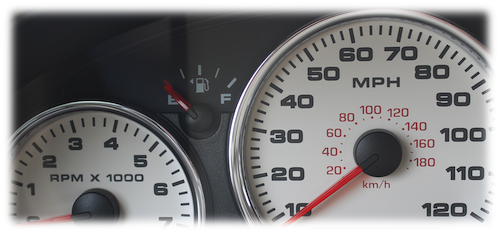| This article is part 1 of a 3-part series. |
| Part 1 | Part 2 | Part 3 |
Requests for key performance indicators (KPIs) related to equipment integrity management programs have appeared on Inspectioneering’s LinkedIn group discussion as well as other industry forums. It also came up numerous times at the recent API Inspection Summit.
Three of my blog posts this month will cover this subject. The first deals with items to consider and questions to ask when setting up a KPI program. The second post covers actual KPIs – what they might be, what they tell us about our mechanical programs, and our operations. And the third discusses what KPIs tell us about the bigger picture, i.e., management practices and organizational leadership.

KPIs can predict good, poor and sometimes dangerous performance in our quests to achieve certain objectives and goals. KPIs in plants are often dependent on related processes, procedures or collected data. Many aspects must be considered when setting up a program. A classic example is when pumps or machines require more energy to move the same amount of material and to do the same amount of work. This, along with other parameters, may indicate that it is time for an overhaul or lubrication, etc. when numbers reach a certain conservative pre-determined point. This is a reliability example.
Some questions to consider: How about Process Safety Management KPIs, like API RP 754? What about when we begin finding pressure equipment thicknesses that are less than T-Min, i.e. deficiencies? What might that mean? What allowed this to happen? Did IOW’s exceed limits? Did operating conditions change? Were we not checking at appropriate frequencies? (Of course this example means we have accurate thickness readings.) Did we not have accurate corrosion rates? Have you determined what you want to measure? Do you fully understand what they mean? Just like analyzing a failure case, do you understand not just the root of what it means, but the contributing factors as well?
KPIs are indicators that assist us in both moving toward strategic goals and in avoiding those things that would hold us back. Thinking beyond the individual KPIs, recognizing how and where they intersect and overlap allows you to create a program that allows you to recognize and mitigate the root causes of issues.
In the next part of this series, I'll talk about some KPI considerations to think about, and I'll point out some examples of potential KPIs.
Additional Reading
















Comments and Discussion
There are no comments yet.
Add a Comment
Please log in or register to participate in comments and discussions.